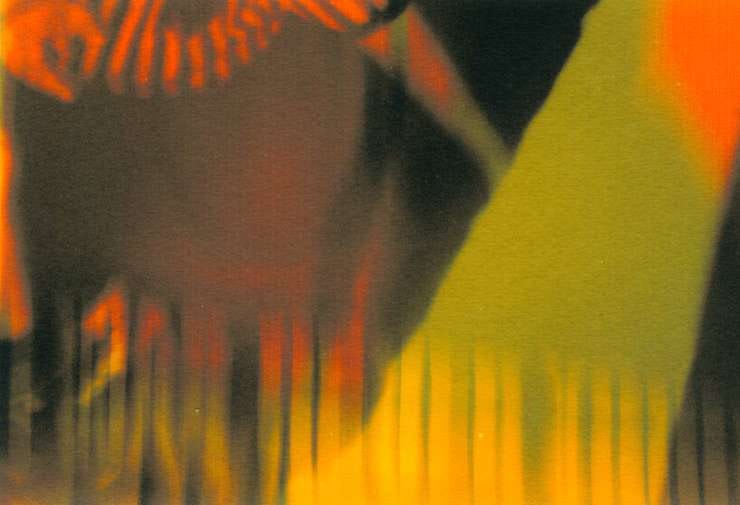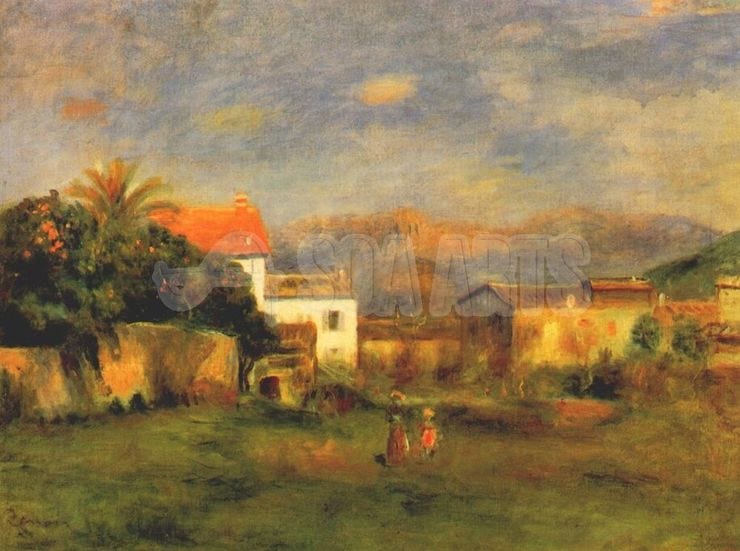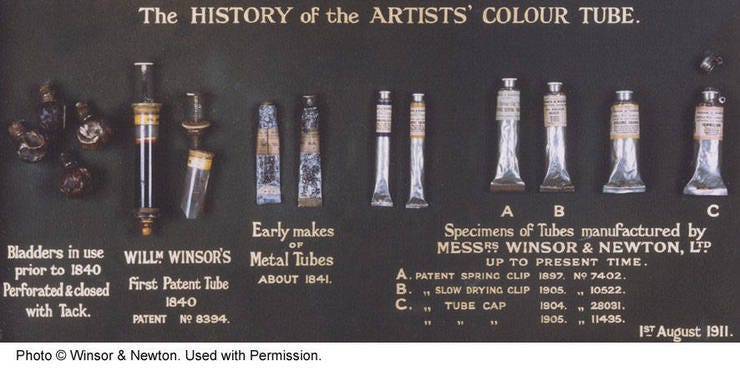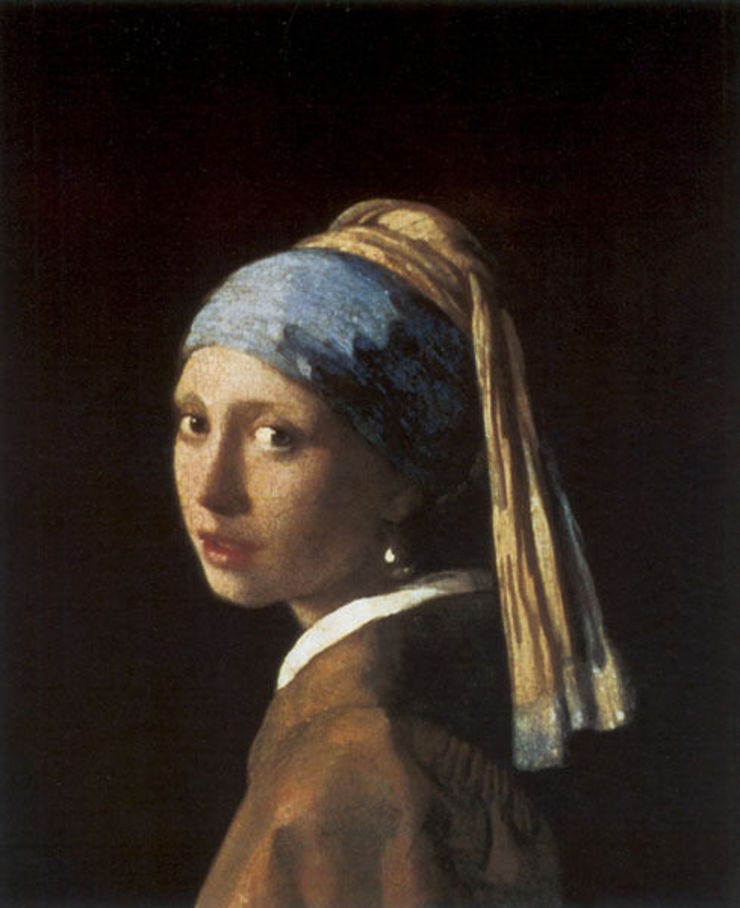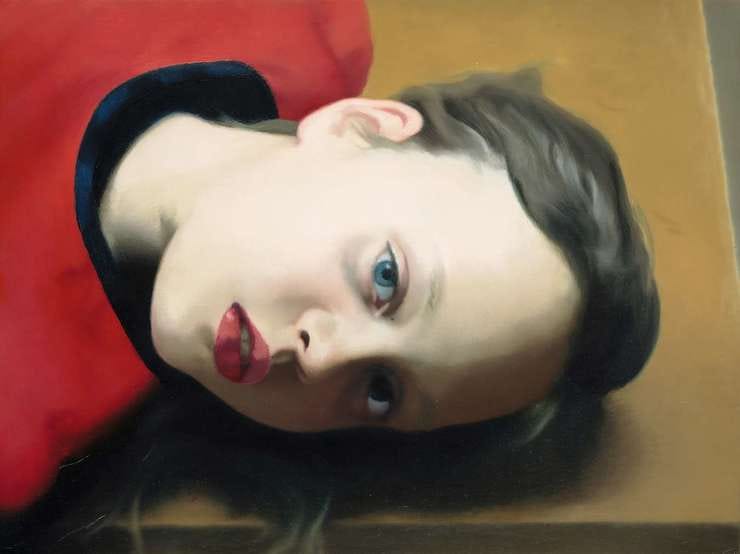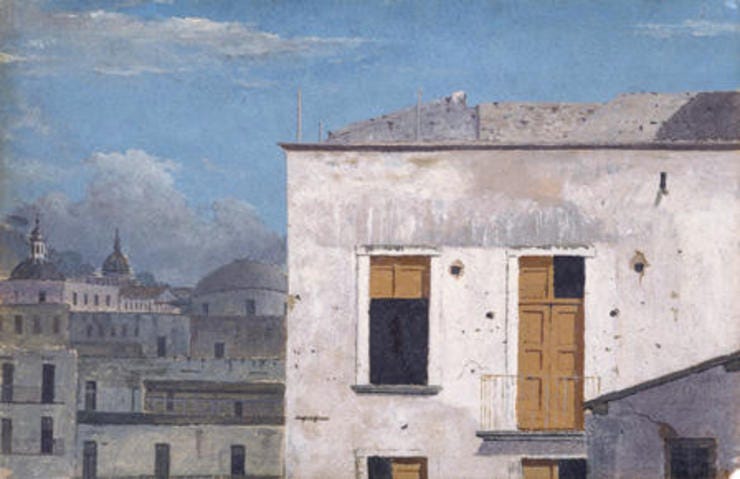The journey of photography is a long and winding road. There’s always something new to discover and multiple ways to understanding what it is and how it influences every aspect of our lives.
I spend my time reading, writing, viewing, thinking and shooting photography. You could say that it consumes me. It hasn’t bored me yet. And I don’t imagine that it’s possible that it ever will.
Curiosity combined with enthusiasm fuel my creative endeavors in life. You could say that they are my drug of choice. And I am happy that you have chosen to take this journey with me. I created this newsletter to share with you and to hear about your thoughts on photography.
The beauty of photography is that there isn’t just one answer. Photography is something that we all experience differently based on our own life experiences. Thanks for being a curious reader and contributor to the dialogue!
Important Note - if you use Gmail, you will probably need to open this newsletter in your browser as the length of it likely exceeds Gmails’ limit.
Also, you can “like” this newsletter, or not, at the beginning and end of your email. Likes are cool.
Readers comments:
Don’t keep those thoughts to yourself. Curious Frame is about dialogue and I’d love to hear your comments or even questions or inspirations. And it’s easy. Just hit reply in your email.
Your opinions are valued. No advanced degrees or education required.
One reader wrote:
One thing I admire about you the fact you think and answer your own questions - with nice pictures. Myself painting today - Aloha & THANKS!
And another wrote:
Photo time capsule is a good idea because the photo or frame can reveal better than anything else our life. Reading the news today I read this article with a very interesting view about photography and why photos are in essence a time capsule. . . The photograph published today is tomorrow's capsule time!
Photography's Influence on Art
Photography has altered the way we think, see and understand the world we live in and it would be a huge understatement to say that photography has changed the nature of art.
For 12+ years I have been creating images using different techniques to create abstract photography. I especially like creating images that no longer reveal that they are photos. The above image was created using intentional camera movement and multiple exposures and it has a painterly look to it.
I wonder if we will always feel the need to place things in neat categories like art & photography, fact & fiction and many other areas in the arts. I've always had an appreciation for those things that blur the lines. Perhaps I was thinking about a post-binary world before it had the label.
Without paint in tubes there would have been… nothing of what the journalists were later to call Impressionists. Pierre-Auguste Renoir.
There have been many radical shifts in the world of art. But don’t worry, I’m not an art historian and I won’t be writing a thesis here on art history. I'm just providing a fact that is often lost when we think about art.
One of the biggest shifts came when oil paint was first sold in a tube (1840-1911). That made it possible for artists to paint en plein air as it is called. That is to set up an easel outdoors and paint a landscape while being in the midst of it.
Before that you had to rely on painting from memory or imagination. This could be in part why it is that so much art in the early to mid 1800s took on a very photographic look.
You could say that photography is itself like a form of painting. Could you imagine not being able to take photos outdoor?
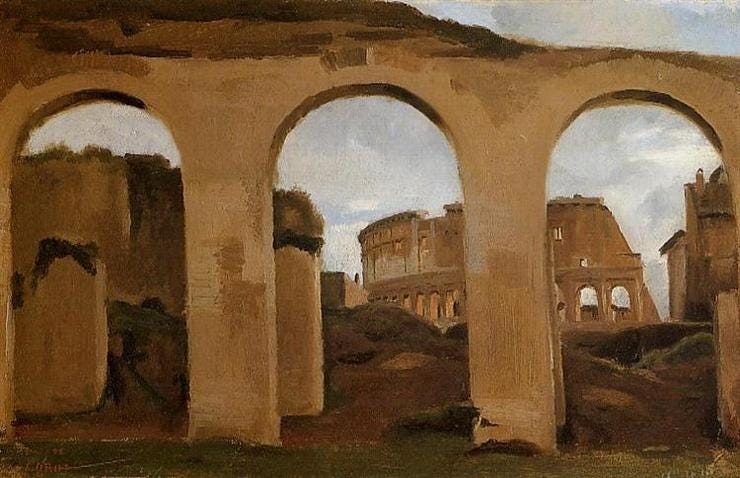
Jean-Baptiste-Camille Corot is one of a number of well known artists who were painting just before the invention of the camera in a rather photographic realistic look.
While we might see it as looking more like a painting than a photo, the earliest photos had a very similar look. In big part the similarity in both is a soft focus.
Stepping back a few more centuries, it is already possible to see examples of photo realistic art in the Renaissance. One reason for this was the discovery of the camera obscura in about the year 1500.
Another reason for the move toward realism was that there was much research done and writing about perspective. Da Vinci was responsible for much of the understanding that went into creating proper perspective.
Camera obscura was widely used in the Renaissance and some date it back to Ancient times in Greece, Rome, Egypt and China.
Without getting too technical about it all, camera obscura is a darkened room with a small hole or lens at one side through which an image is projected onto the wall opposite the hole. It is akin to pinhole photography.
Many Renaissance artists used a camera obscura to create their images. But you really don't want others to know that because it's kind of like saying that you used tracing paper to create your image.
It has been proposed that in fact the famous Dutch artist, Johannes Vermeer might have painted Girl with a Pearl Earring using a camera obscura. Does that make it worth less? Would we like it less if we knew that to be true?
Okay, so those questions are completely off this topic. Let's fast forward a few centuries. But first, many scholars are baffled about why it took so many centuries before the camera was invented. That subject will certainly return in another issue of the newsletter.
While paintings and drawings were already looking almost photographic before the first photos, now it is also possible to paint from a photograph.This is a very common technique used. Photography has opened so many possibilities!
Using photography as a reference in art is something we don’t necessarily think about when we look at art, as if an artist dreams it all up or has a model in their presence.
I blur things to make everything equally important and equally unimportant. I blur things so that they do not look artistic or craftsmanlike but technological, smooth and perfect. I blur things to make all the parts a closer fit. Perhaps I also blur out the excess of unimportant information. Gerhard Richter, 1964.
Gerhard Richter (1932) is my most favorite living artist. He has used photography extensively in a number of his paintings like the one above.
While Betty has a very photographic look to it, Richter is a very skilled artist and has smoothed the surface to create an otherworldly look to this painting. I like to say that Richter creates paintings that look like photos and that I create photos that look like paintings.
While Gerhard Richter created a vast number of paintings that utilized photos, he moved on to create in more abstract styles.
Andy Warhol's use of photography for his art is far more extensive. Warhol's most famous works rely on the photographic image more than any artist before him and possibly even now.
I am always trying to imagine what the world would be like without photography, and what would art be like without it. Photography provides important source material for art. It is one more tool that is available to the artist. And it can provide a dramatic effect.
I am always trying to imagine what the world would be like without photography, and what would art be like without it. It is like a mystery than never ends. Always finding new details about how photography began and maybe even where it will take us in the future.
Photography allows us to see art that we might not otherwise have the opportunity to see without going to a museum or gallery. This is something that was very important before the internet and before air travel became more affordable.
Now, with the pandemic and the inability of people to visit houses of art. we once again must mostly rely on photography to see art. I'm certain that there's much more on this topic that will reappear in the future. In the meantime, stay curious!
Sharing is Cool! If you’ve been forwarded this email or are reading online, consider joining the dialogue by subscribing. If you are looking for past issues you can find them all in the archive at the link below.
BTW you can give this newsletter a thumbs up or down at the end and you can also share it on social media to Twitter or Facebook.
In a world that is overpopulated with images, Curious Frame is where I share my thoughts on photography and it is always about ‘seeing with new eyes’.
Further Reading:
Brunet, François. The Birth of the Idea of Photography, The MIT Press, 2019.
Galassi, Peter. Before Photography: Painting and the Invention of Photography, The Museum of Modern Art, New York, 1981
Levi Strauss, David. Photography and Belief, David Zwirner Books, 2020.





